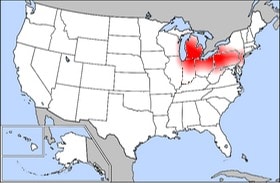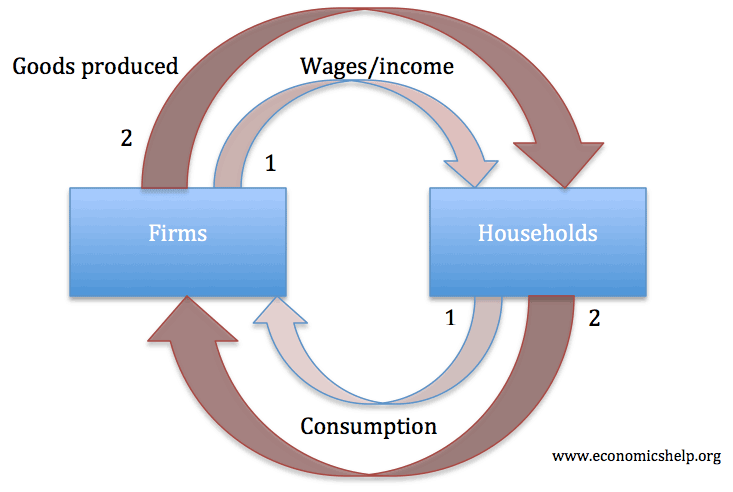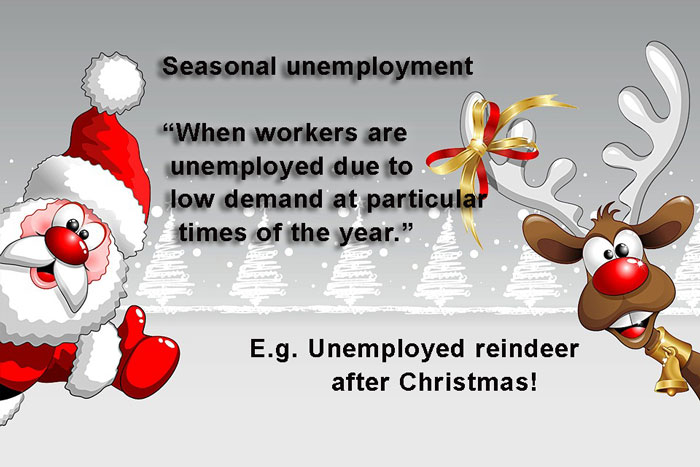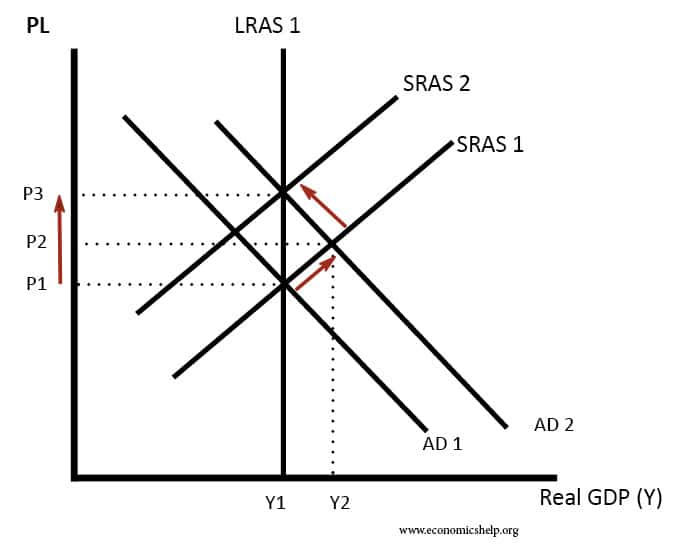Rules of origin
Rules of origin refer to finding the source of a product. For example, if the UK import bananas from Spain, where the bananas originally from Spain or were they imported from Costa Rica. If the bananas come originally from Costa Rica, that has importance for: Custom duties Trade statistics on imports and exports For marketing …





